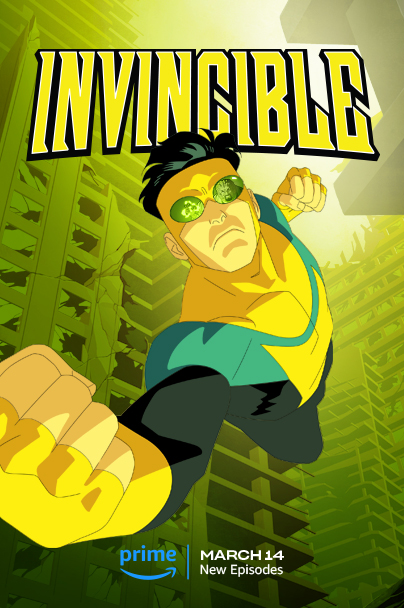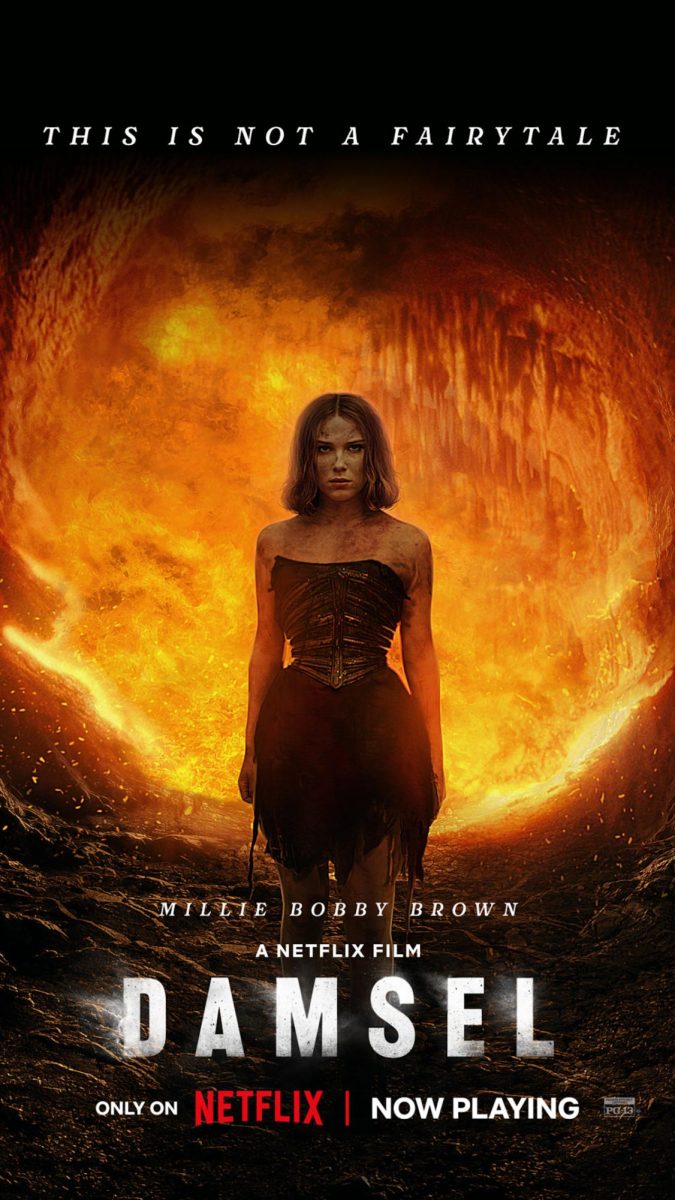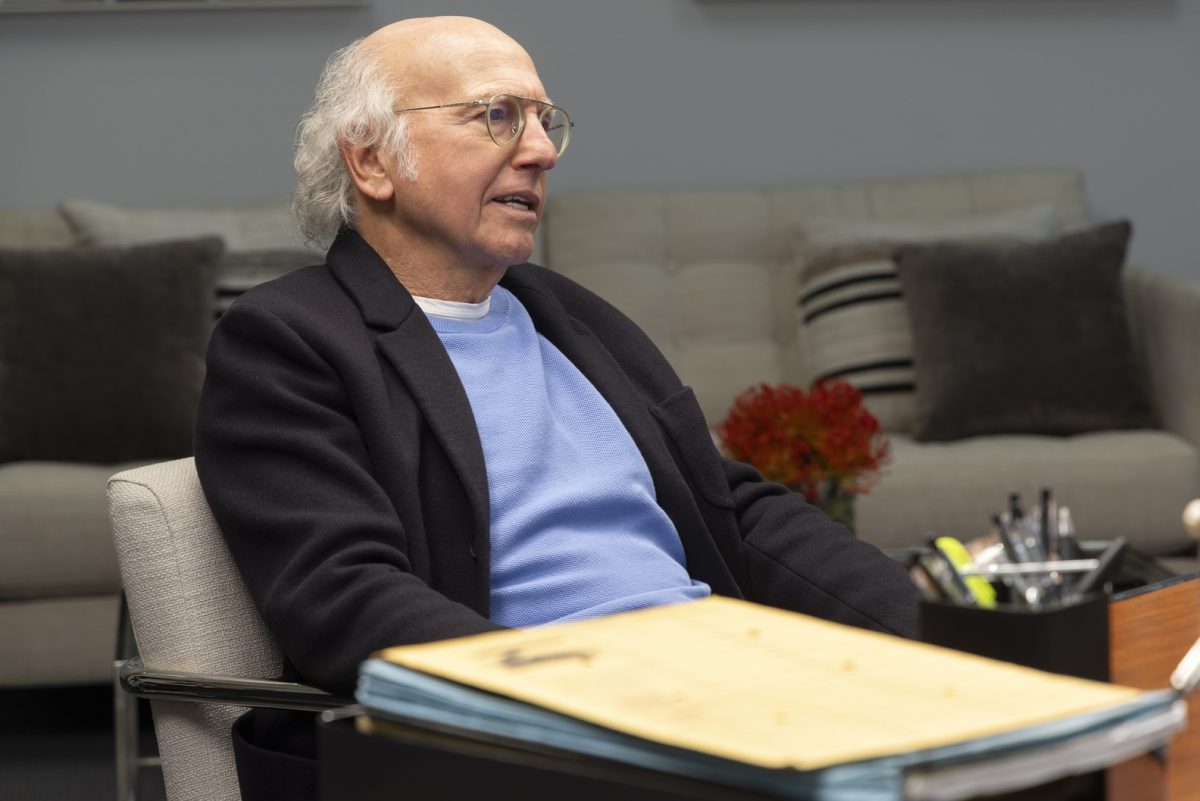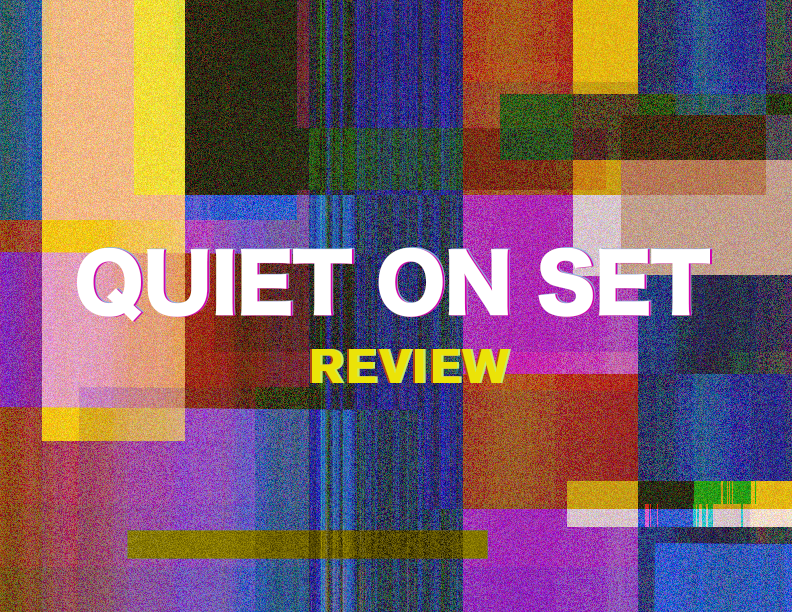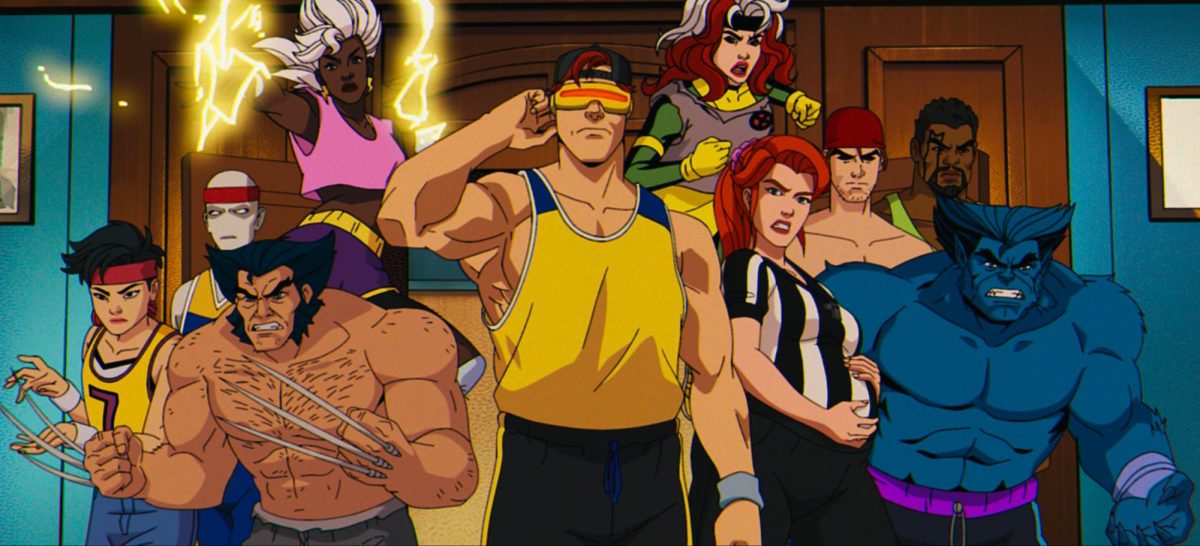Since its launch in February 2018, the Netflix reality series “Queer Eye” has turned into a surprise hit for a platform mainly focused on traditional scripted series. Based on the 2003 series of the same name, each episode follows a sturdy, strangely intoxicating formula. One (usually) straight man is nominated by a friend or family member to be featured in an episode. These men tend to live a slovenly existence — cluttered bedrooms, ugly clothing choices and messy personal lives. In response, five gay men, experts in design (Bobby Berk), food (Antoni Porowski), grooming (Jonathan Van Ness), fashion (Tan France) and culture (Kamaro Brown), spend a week providing advice and assistance in key areas. The results are a makeover show with a sprinkle of pop psychology — the Fab Five radically redesign wardrobes and living spaces while dispensing nuggets of personal wisdom.
The series does not stray from reality TV’s dominant aesthetic surfaces: inspirational pop music, earnest talking head interviews and brightly lit cinematography. Like all good reality shows, it also features plenty of goofy montages, witty banter and a breakout star with an outsized personality — Van Ness, who is flamboyant, even by the show’s campy standards. However, the series is more interested in social commentary than the typical genre fare. Episodes explicitly touch on issues of race, sexuality and gender, and the series makes an effort to make the show deeper than changes in physical appearance.
Previous Season Recap:
This is the first season of the rebooted series, but the original “Queer Eye” ran for five seasons on Bravo in the early 2000s. Full disclosure: I have not seen any episodes of the original. This version used a similar format with a different cast. The show premiered at a time when portrayals of homosexuality in media were severely limited. The show’s entirely gay cast and positive depiction of queer lifestyles were revolutionary at the time. The series’ popularity allowed many viewers who had never met an openly gay person to see a show that advocated for tolerance and acceptance of LGBTQ individuals.
To Binge or Not to Binge:
I admit that I came into “Queer Eye” with a healthy dose of trepidation. Makeover shows do not exactly have the best track record for relevance or quality — most examples of the genre are at best shallow and at worst nightmarish. Even the basic concept of “Queer Eye,” which felt revolutionary 15 years ago, gave me pause. Too often, well-intentioned media treats gay men like magicians or deities, as if sexual orientation could automatically make a person better at performing life tasks. Sure, this stereotype is better than outright animus, but the best of all would be treating LGBTQ people as complex, messy and human.
This series takes little time in quelling these concerns. From the first episode, it is clear that “Queer Eye” has no interest in exploiting either its stars or its real-life subjects. The Fab Five are neither angels nor caricatures: each member gets at least one genuinely affecting moment to explain their point of view. The cast also clearly shows their genuine affection for the subjects they makeover, and in a genre often characterized by artifice and cattiness, that does not go unnoticed. The show makes an intentional effort to frame the makeovers as projects of personal wellness and self-improvement. By the end of each episode, the uplift feels earned as each man makes progress in finding a better life.
Perhaps the cleverest aspect of “Queer Eye” is its use of reality television’s instinctive pleasures — repetitive structures, narrative simplicity and recognizable characters — as a launch pad to explore deeper ideas. “Queer Eye” may be one of the most interesting examinations of masculinity found in any genre of television. The show’s subjects find freedom when they let go of stereotypical notions of hypermasculinity, changing everything from boring clothing choices to emotional isolation. The show presents an almost idyllic vision of social relations — even the most conservative small town individuals treat the Fab Five with open-armed acceptance. Neither the series nor the people it depicts even hint at gay panic or close-minded intolerance. Ironically, “Queer Eye” may do more to rehabilitate the image of straight men than any piece of media this year. Each episode starts with a seemingly one-dimensional character, but by the end, the series has awarded them a new humanity and vulnerability.
Best Episode: In the final episode of the series, the Fab Five makeover a fire station, and the results are ridiculous and fun. Episode three, “Dega Don’t,” is the best example of the show’s winning qualities. In this episode, Brown, who is African-American, forms an unexpected bond with a white police officer and open Trump supporter. Their conversations lead to thought-provoking and surprisingly emotional television.
Similar Shows: Any fans of feel-good reality TV will likely enjoy “Queer Eye,” though the show twists the genre enough that it’s worth giving a shot even if you are not a particular fan of reality shows.
Trigger Warnings: The show is pretty tame, but there is occasional strong language and off-color humor.
Rating: 4/5 stars
“Queer Eye”
Available to stream on Netflix
8 episodes, Approximately 6.5 hours
@JoshPetersen7











